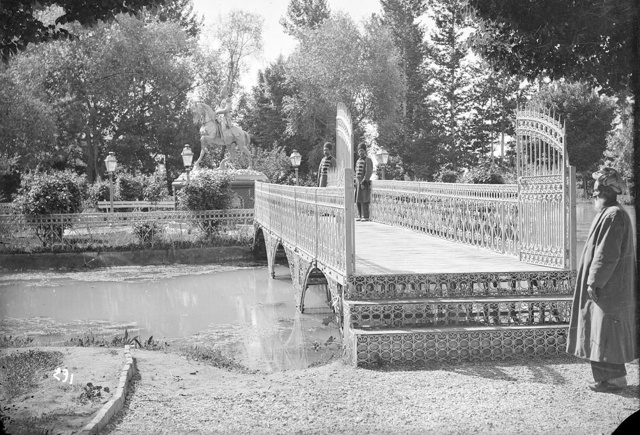The statue of Naser al-Din Shah was more than just a monument—it marked the beginning of Tehran’s public art tradition. At the time of its unveiling, it symbolized a ruler looking toward Europe, both politically and artistically. The use of bronze, the European-style sculpting, and the prominent placement in Toopkhaneh Square were all radical departures from traditional aesthetics, which had typically favored calligraphy, tilework, and religious art over lifelike statues. The presence of this statue also reflected shifting identity—torn between preserving tradition and embracing modernization.

